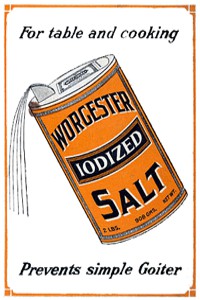Well, it's that time of the year. My feet are always cold - just ask my husband. From now until about May first, I go to bed with socks on - and that doesn't even help sometimes. I can't go to sleep when my feet are cold, so it's nothing to laugh at.
Today my husband finally solved the problem by getting me a foot warmer made of cherry pits. It gets heated in the microwave and stays warm for hours. Can't wait to try it out!
How did people keep their feet warm in the 20s and 30s? Especially since some houses were so cold that water pitchers sitting in a bedroom on a cold winter morning would have a thin layer of ice on top? How would feet stay warm in that circumstance?
The answer - foot warmers, sometimes called bed warmers. Bed warmers have actually been used long before the 20th Century. In previous centuries bed warmers were metal devices shaped almost like a frying pan with a cover and a very long handle.
Most sources said hot coals were placed inside the warmers, then the long handle made it possible to pass the warmer around between the sheets warming the bed before it was time to sleep. Stephen Shepherd on his blog Full Chisel Blog discredits this notion. He said coals immediately would be extinguished when the lid closed because of lack of air. Also, when the warmer moves over the sheets it leaves a fine dusting of coal ash behind. Not in my bed.
Stephen puts forth the idea that these warmers were actually loaded with hot stones prior to warming up the beds. The stones would have been heated by the fireplace during evening hours, then placed inside the warmer and put in beds to prepare them for sleepers. Rocks hold the heat longer and would not leave dirt behind. Makes sense to me.
Made out of pottery, it was formed into the shape of a jug lying on its side. After pouring hot water into the hole on the top, a cork was placed into the opening to prevent leakage. The bottom of the warmer was flat so it didn't roll around in the bed. The warmer was placed at the foot of the bed so cold feet would absorb the heat, but not be burned at night. The person kept this warmer in bed for continuous heat several hours until the water cooled off. Then, according to a first-hand account by my mother, the "pig" was taken out of the bed for the remainder of the night.
This type of warmer was versatile enough to be used in other instances. Since it was so portable, a person could take it in a carriage or car ride to warm feet. It was sometimes even seen at Sunday morning church services to keep people warm in drafty churches. They were even taken on trains to keep the passengers warmer during the trip.
Hopefully my new foot warmer will work better than the ones from the 20s and 30s. It might help save my marriage since I keep freezing out my hubby with my cold feet. Just teasing. ; )






















